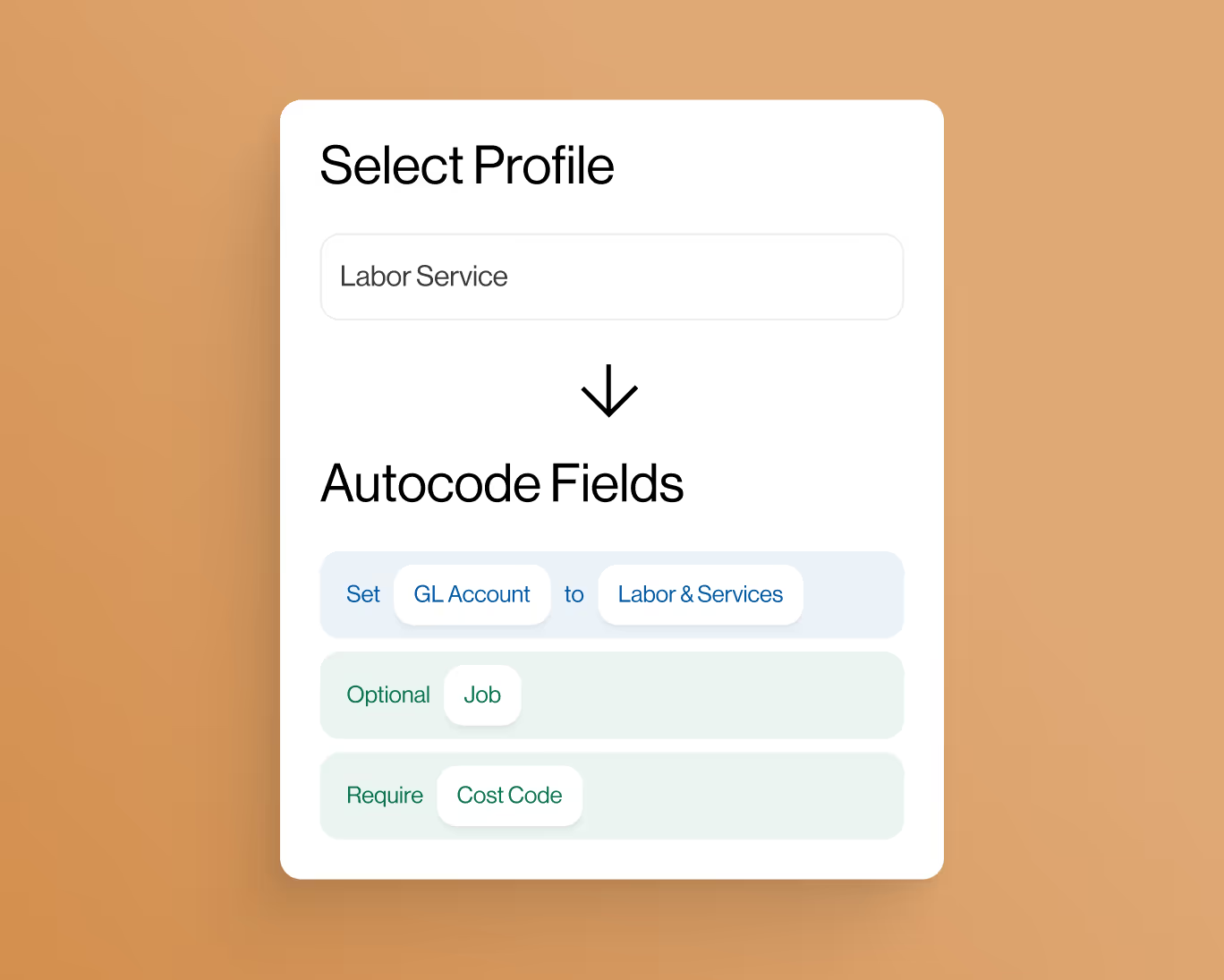Capital Expenditure Forecasting in the Construction Industry
In the dynamic world of construction, where projects are characterized by complexity and significant financial investments, effective planning is crucial. Capital Expenditure (CapEx) forecasting emerges as a strategic tool, enabling construction companies to anticipate and manage large-scale expenditures. Let's explore what capital expenditure forecasting means in the context of construction and why it is pivotal for financial management and project success.
Capital expenditures in construction refer to significant investments in assets that are expected to generate benefits over an extended period. These may include the purchase of new equipment, infrastructure improvements, facility expansions, and other long-term projects. Capital expenditure forecasting involves estimating the future financial commitments associated with these investments, providing a roadmap for effective budgeting and financial decision-making.
One of the primary objectives of CapEx forecasting in construction is to align financial resources with strategic priorities. Construction projects often require substantial upfront investments in machinery, technology, and facilities. Accurate forecasting allows companies to plan for these expenditures, ensuring that the necessary funds are available when needed. This proactive approach minimizes the risk of financial strain and project delays.
Effective CapEx forecasting goes beyond estimating costs; it involves evaluating the potential returns and benefits associated with the investments. Construction companies need to consider factors such as increased efficiency, improved capabilities, and enhanced competitiveness when forecasting the impact of capital expenditures. This holistic approach ensures that investments contribute to the overall success and sustainability of the business.
Construction projects are inherently dynamic, and the ability to adapt to changing circumstances is essential. CapEx forecasting provides construction companies with the flexibility to adjust their investment plans based on project developments, market conditions, and industry trends. This adaptability is crucial for staying competitive and seizing new opportunities in the ever-evolving construction landscape.
Technology plays a pivotal role in enhancing the accuracy and efficiency of CapEx forecasting in construction. Construction companies can leverage advanced software and modeling tools to analyze data, simulate different scenarios, and generate forecasts based on real-time information. This technology-driven approach not only improves the precision of forecasts but also empowers companies to make informed decisions in a rapidly changing environment.
Another important aspect of CapEx forecasting is risk management. Construction projects are subject to various uncertainties, including changes in market conditions, regulatory requirements, and unforeseen challenges. CapEx forecasts should incorporate risk assessments to identify potential obstacles and develop mitigation strategies. This proactive risk management approach enhances the resilience of construction companies and protects them from financial setbacks.
For construction companies engaged in multiple projects, CapEx forecasting becomes even more critical. The ability to prioritize and allocate resources effectively across various initiatives requires a comprehensive understanding of the capital needs of each project. CapEx forecasting facilitates strategic decision-making, allowing companies to optimize their investment portfolio and balance short-term financial goals with long-term growth objectives.
While the benefits of CapEx forecasting are significant, it's essential to acknowledge the challenges associated with it. Construction projects are influenced by external factors that may impact the accuracy of forecasts, such as changes in government regulations, economic fluctuations, and unforeseen events. Construction companies must continuously refine their forecasting models, incorporating new information and adjusting projections as the project progresses.
In conclusion, capital expenditure forecasting is a cornerstone of financial management in the construction industry. By providing insights into future investment needs, it empowers construction companies to plan strategically, allocate resources effectively, and navigate the complexities of large-scale expenditures. As construction projects become more intricate and dynamic, the role of CapEx forecasting becomes increasingly pivotal for ensuring the financial health and success of construction businesses.
In conclusion, capital expenditure forecasting is a cornerstone of financial management in the construction industry. By providing insights into future investment needs, it empowers construction companies to plan strategically, allocate resources effectively, and navigate the complexities of large-scale expenditures. As construction projects become more intricate and dynamic, the role of CapEx forecasting becomes increasingly pivotal for ensuring the financial health and success of construction businesses.










